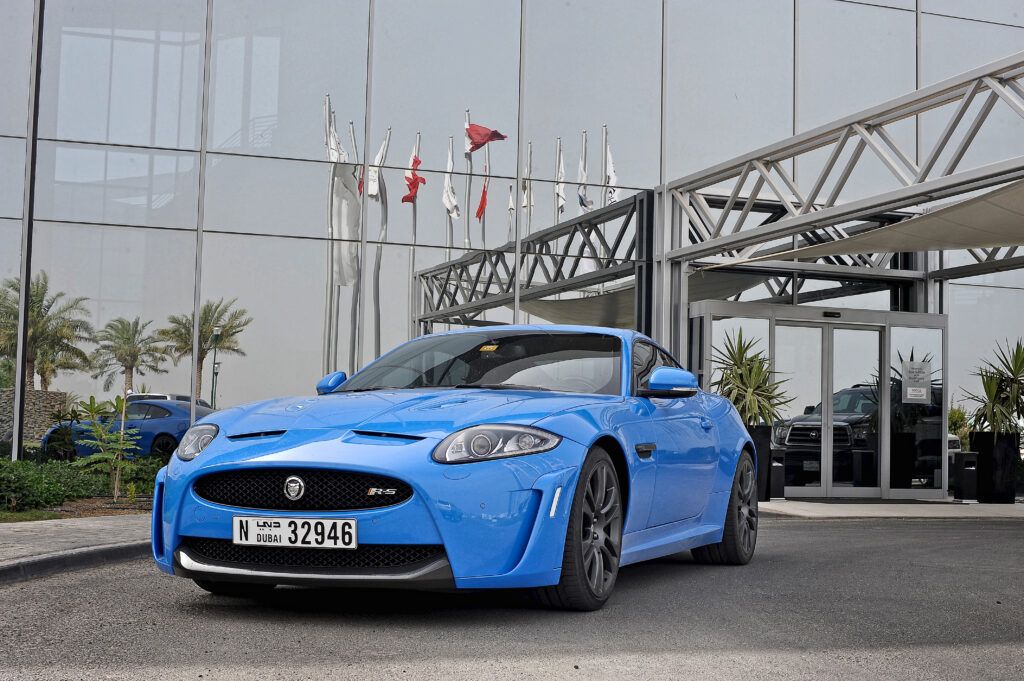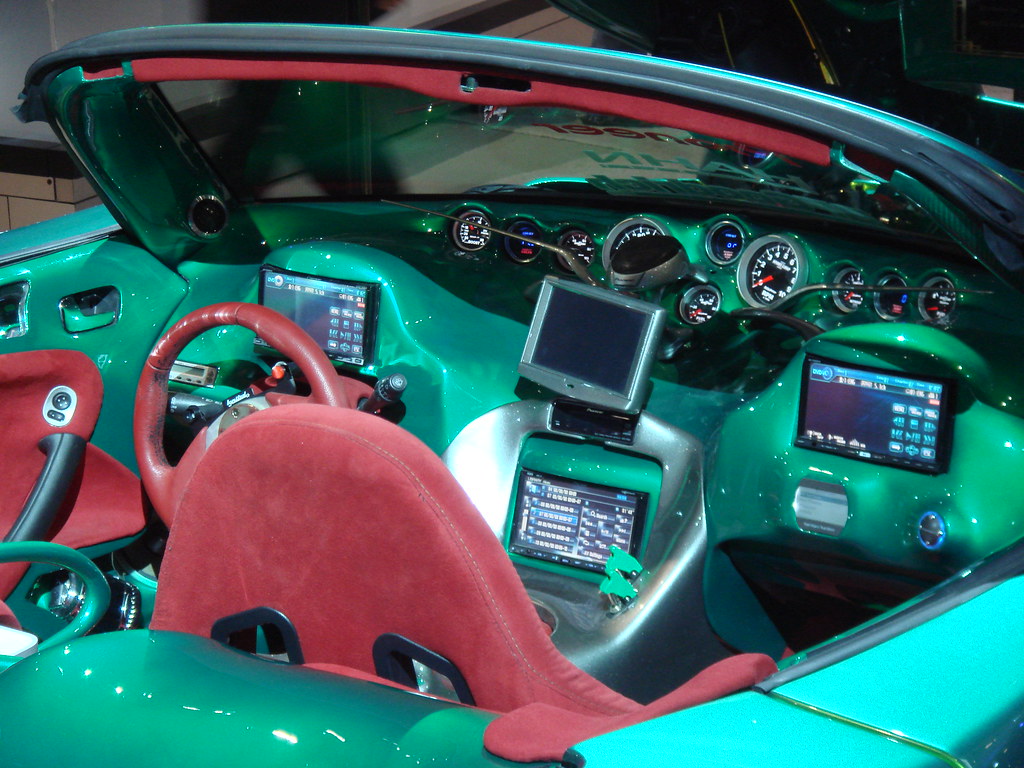
Remember when cars were just, well, cars? Four wheels, an engine, and a few gauges to tell you how fast you were going. Simple, right? But peek inside a modern vehicle today, and you’re greeted with an entirely different universe. Our cars have truly transformed into sophisticated “computers on wheels,” radically reshaping how we interact with them, from navigation to entertainment, and even how we just, you know, *drive*. This evolution has undeniably brought incredible convenience and safety enhancements, but it also means many once-ubiquitous features have vanished from our dashboards.
It’s easy to get caught up in the sleek touchscreens and voice-activated controls of today, but there’s a certain charm to the tech that paved the way. Those old-school gadgets, often clunky, sometimes quirky, but always brimming with character, defined an era of automotive design. They reflected the technological ambitions and aesthetic sensibilities of their time, giving us a fascinating peek into the past. While some were phased out for legitimate reasons like safety or efficiency, others simply couldn’t keep up with the relentless march of digital progress, making them rare, almost alien sights in current models.
But just because they’re obsolete doesn’t mean they’re not still incredibly cool. In fact, for many car enthusiasts and tech lovers, these forgotten dashboard gems evoke a powerful sense of nostalgia and admiration for ingenious (or at least memorable) engineering. Join us as we take a deep dive into 15 of these bygone dashboard technologies, exploring their rise, their fall, and why they continue to capture our imagination, even as they gather dust in the annals of automotive history. Get ready for a joyride back to the future, as imagined by the past!

1. **Digital Speedometers with LED Displays**Step into a car from the 1980s, and one of the first things that might have caught your eye, especially in higher-end models, was the dazzling digital speedometer. Forget those old-fashioned needles; we’re talking about bright red or green LED numbers that glowed with a futuristic intensity. This was the epitome of cutting-edge cool, making your dashboard feel less like a car and more like a spaceship ready for an intergalactic adventure. It was a bold statement that screamed “the future is now!”
These digital readouts offered a radical departure from the traditional analog dials everyone was accustomed to. For a generation captivated by sci-fi movies and emerging electronic gadgets, the idea of having a numerical speed display was incredibly exciting. It wasn’t just about functionality; it was about the aesthetic, the sheer novelty of watching your speed tick up in glowing digits rather than a sweeping needle. Owners felt they were driving something truly advanced, something that set them apart from the mundane.
However, as captivating as these LED speedometers were, they weren’t without their quirks. The context points out that “many drivers found them harder to read at a glance compared to analog dials.” In the heat of the moment or a quick check, those distinct digits could sometimes blur or require a second look, which isn’t ideal when your eyes should be on the road. This issue of immediate legibility became a significant drawback, especially for a feature meant to convey critical driving information instantly.
Beyond readability, reliability was another hurdle these early digital wonders faced. The context notes, “They also tended to malfunction more frequently.” As groundbreaking as the tech was, it wasn’t always robust. Early electronic components were prone to glitches, dead pixels, or complete system failures, which could be frustrating and costly. Imagine your futuristic display suddenly going blank or showing incorrect readings – not exactly the seamless experience we expect today.
Ultimately, while the vision of a digital speedometer was ahead of its time, the execution had room for improvement. Today, digital displays are ubiquitous, but they’ve evolved dramatically, becoming “smoother, more integrated, and less flashy.” Modern LCD or OLED screens offer unparalleled clarity, customization, and reliability, seamlessly blending into the dashboard design. So, while those glowing LED numbers are largely gone, they left an undeniable mark as a fascinating, if imperfect, step in our journey towards the fully digital cockpit.
Read more about: The Vanishing Act: 15 Iconic Dashboard Features from the 80s That Paved the Way for Tomorrow
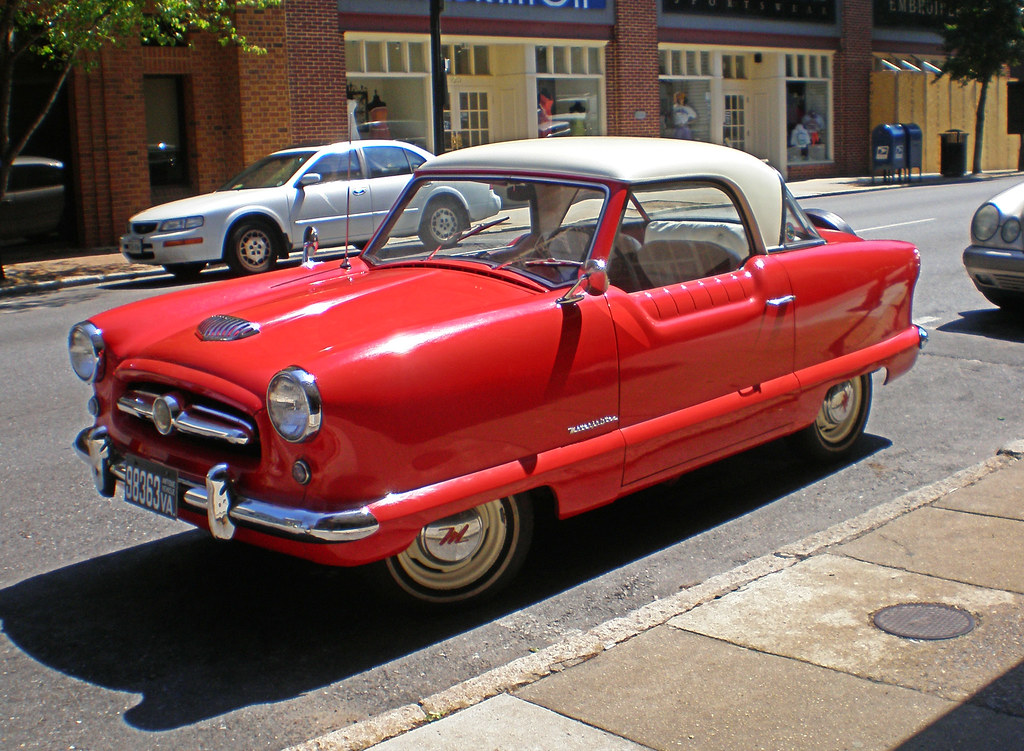
2. **Voice Alert Systems**Picture this: you’re cruising down the highway in your shiny new 1980s ride, and suddenly, a calm, synthesized voice breaks the silence, announcing, “Door is ajar.” Or perhaps, more urgently, “Fuel level is low.” For many, this was a mind-blowing addition to their vehicle, a feature that transcended mere beeps and lights, transforming the car into a truly interactive companion. These voice alert systems were undoubtedly a product of their time, aiming to boost safety and convenience through innovative auditory cues.
At their core, these systems were designed with good intentions: to draw the driver’s attention to critical issues that might otherwise be overlooked. Whether it was an open door, an unbuckled seatbelt, or a low fluid level, the distinct spoken warning was meant to cut through the din of driving and ensure immediate awareness. It felt incredibly advanced, like having a co-pilot constantly monitoring your vehicle’s status, ready to chime in with helpful information. This was an era when talking computers were still the stuff of science fiction, making a car that could *speak* feel incredibly futuristic.
However, the novelty, much like a catchy jingle on repeat, began to wear thin. The context sagely observes that “Over time, drivers found them more annoying than helpful.” While a timely warning is great, a relentless vocal reminder about a minor issue or a door that’s only slightly ajar as you’re pulling out of the driveway could quickly grate on the nerves. The persistent, often monotonous tone of these alerts transitioned from helpful guidance to an unwelcome intrusion, especially for those who preferred a quieter, less conversational driving experience.
Furthermore, these systems introduced an extra layer of complexity to the car’s electronics without always delivering a proportionally significant benefit. While the intention was to enhance safety, the actual execution sometimes led to frustration rather than improved attention. Integrating voice synthesis and dedicated speakers for these warnings added manufacturing costs and potential points of failure, which could be hard to justify when simpler, more reliable alternatives existed. It was a classic case of tech ambition outrunning practical user experience.
Today, while cars are infinitely more communicative, they’ve largely abandoned the chatty approach of the ’80s voice alerts. As the context notes, “Most manufacturers have shifted to simple chimes and visual alerts instead.” Modern vehicles still keep you informed with sophisticated digital displays and subtle auditory cues, but they tend to do so without the verbal nagging. It’s a testament to how automotive tech refined its approach, learning that sometimes, silence (or a well-placed visual icon) truly is golden.
Read more about: 12 Simple Steps to Shield Your Identity: A Lifehacker’s Guide to Deepfake Protection
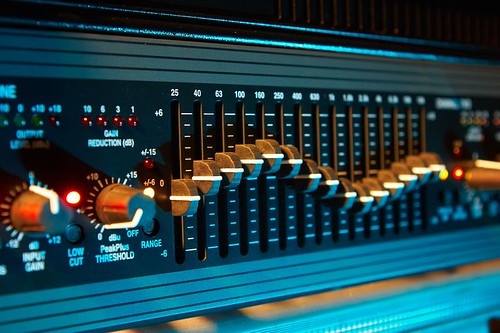
3. **Graphic Equalizer Panels**For anyone who loved their music in the 1980s and 90s, the graphic equalizer panel was a true statement piece on a car’s dashboard. This wasn’t just about listening to tunes; it was about *sculpting* your sound. These integrated systems allowed drivers to meticulously customize audio settings with a row of physical sliders, each controlling a specific frequency band. It was a tangible, hands-on way to dial in your perfect bass, mid-range, and treble, transforming your car’s interior into a mobile concert hall.
The aesthetic of these panels was undeniably a huge part of their appeal. Often “illuminated and placed prominently on the dash,” they glowed with an array of vibrant lights, especially at night. Watching those sliders dance with the music, or meticulously setting them to create a perfect V-shape for that booming bass, felt incredibly high-tech and personalized. They didn’t just play music; they became a visual focal point, showcasing a driver’s dedication to premium in-car audio and, let’s be honest, looking incredibly cool while doing it.
However, as captivating as they were, these physical equalizers presented a few practical challenges. The context highlights that “While they looked cool, they could be distracting and overly complicated.” Imagine trying to fine-tune your audio while navigating traffic – those multiple sliders required focused attention and nimble fingers, pulling your eyes away from the road for too long. For the average driver, the sheer number of controls could also feel overwhelming, making a simple adjustment a multi-step process.
The era of dedicated physical equalizers began to wane as technology evolved. Modern audio systems have streamlined this process dramatically. As the context notes, “Audio systems today offer simple digital controls through touchscreens.” With intuitive on-screen menus, drivers can now adjust audio profiles with a few taps or even voice commands, often with preset modes for different genres. This digital approach is far less distracting and much more user-friendly, catering to a broader audience who prioritize convenience over granular physical control.
Consequently, “The physical equalizer has mostly vanished from modern interiors.” While the spirit of audio customization lives on, the tactile, slider-based interface of the graphic equalizer is now a charming relic. It reminds us of a time when the car dashboard wasn’t just about driving, but also about making a highly personal statement through sound, even if it meant a little extra fiddling to get it just right.
Read more about: The Vanishing Act: 15 Iconic Dashboard Features from the 80s That Paved the Way for Tomorrow
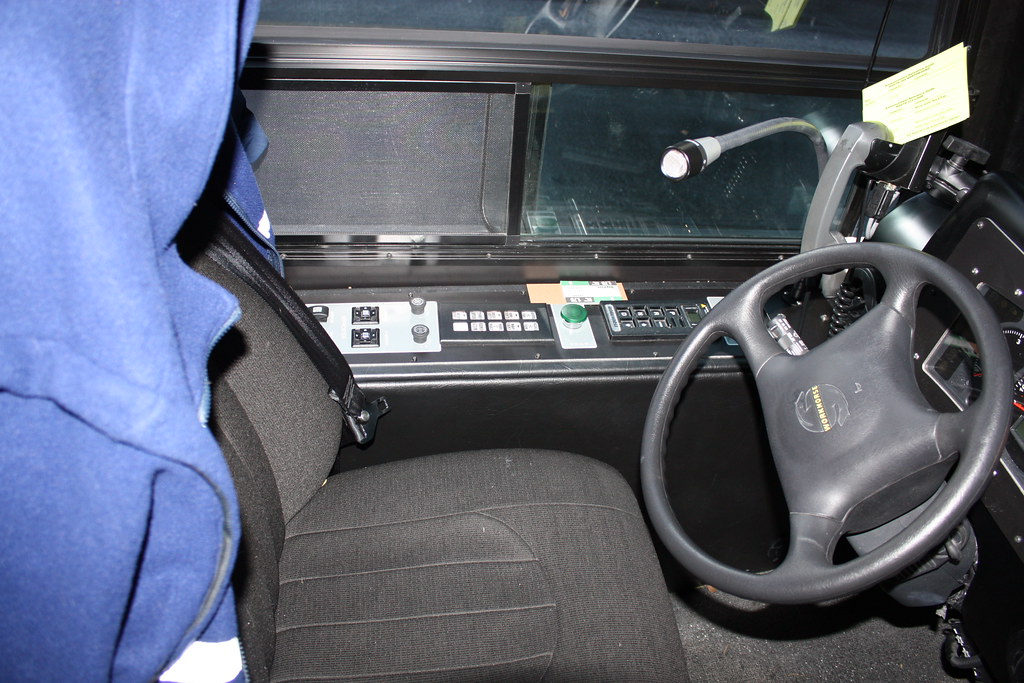
4. **Toggle Switch Climate Controls**Back in the 1980s, before touchscreens and multi-zone climate systems became the norm, adjusting your car’s interior temperature often involved a series of straightforward, yet satisfyingly tactile, toggle switches. These were the workhorses of climate control, found prominently on dashboards, offering a no-frills, direct interface for managing your cabin environment. They were simple, robust, and for a time, completely ubiquitous across a wide range of vehicles.
These “simple toggle switches” typically governed key aspects of the climate system: “air direction, temperature, and fan speed manually.” You’d flip a switch up or down to send air to your face or feet, another to toggle between heat and cold (or perhaps just on/off for the AC), and a third to set the fan strength. It was an intuitive, physical interaction that required a deliberate press, giving a sense of direct control over the car’s internal atmosphere. There was a certain charm in their mechanical simplicity.
However, while functional, these toggle switches had their limitations. The context points out that “While functional, they lacked precision and visual clarity.” Adjusting temperature often meant guessing where the “just right” spot was between hot and cold, as there were no fine increments or digital readouts. Similarly, fan speed might have been a vague low-medium-high setting, without the granular control or visual feedback that drivers eventually came to expect. This imprecision could lead to a constant battle to find the perfect setting.
The automotive industry, driven by demands for greater comfort and user-friendliness, began to move away from these basic toggle setups. “Modern systems now use digital displays or rotary dials for better feedback.” Rotary dials offered more precise, continuous control for temperature and fan speed, while digital screens could display exact temperatures and fan levels, removing all ambiguity. This shift allowed for finer adjustments and a more comfortable, predictable cabin environment, vastly improving the user experience.
As a result, “The old toggles are mostly gone except in vintage models.” While you might still find a basic toggle for an accessory function here and there, the dedicated banks of climate control toggles are firmly in the past. They represent a simpler era of automotive design, where functionality was paramount, even if it meant sacrificing a bit of precision. For enthusiasts of retro vehicles, however, the click of those old toggle switches remains a cherished sound, a tactile link to driving history.
Read more about: The Vanishing Act: 15 Iconic Dashboard Features from the 80s That Paved the Way for Tomorrow
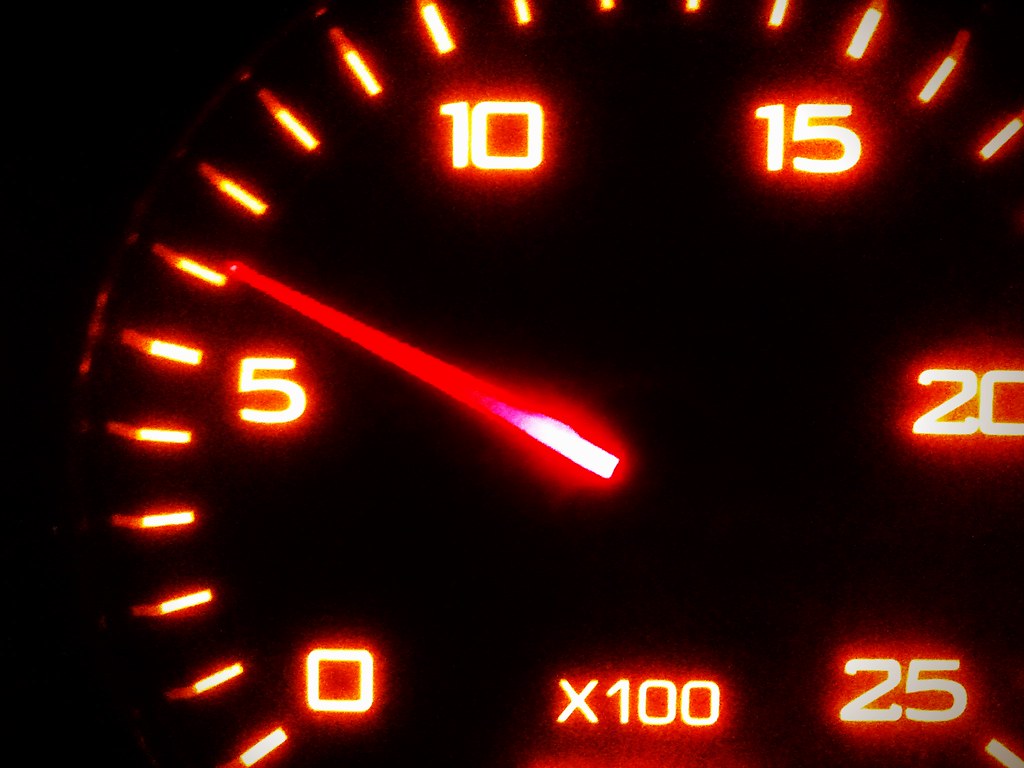
5. **Tachometers with Colored Bands**In the thrilling world of 1980s and 90s performance cars, the tachometer wasn’t just a gauge; it was a vibrant, color-coded command center for your engine’s RPMs. “Some performance cars had tachometers with vibrant color-coded bands to indicate RPM ranges,” a feature designed not only to look incredibly cool but also to serve a practical purpose: helping enthusiastic drivers “shift at the right time.” These distinct visual cues guided motorists through the gears, ensuring they extracted maximum power and efficiency from their engines.
The visual impact of these colorful tachometers was undeniable. With segments painted in shades of green for efficiency, yellow for optimal power, and a bold redline for danger, they transformed a simple dial into a dynamic instruction panel. This “sporty look” resonated deeply with drivers who craved a more engaging and visually stimulating driving experience. It felt like you were in a race car, with clear, immediate feedback on your engine’s performance, making every gear change a more informed and exciting event.
However, while undeniably stylish, the context subtly hints that “they were often more style than substance.” The color bands, while visually appealing, might not have offered the same level of precise, real-time data that more sophisticated systems could. They were a broad guide, a quick visual reference, but as engine management systems became more complex and precise, the need for such a generalized visual indicator diminished. The visual flair sometimes overshadowed the actual data granularity that advanced drivers sought.
As automotive technology progressed, the way RPMs were displayed also evolved. “Today’s dashboards display RPMs digitally or with sleeker analog gauges.” Modern digital clusters offer highly customizable displays that can present RPM information with extreme precision, often incorporating dynamic redlines that change based on engine temperature or driving mode. Even contemporary analog gauges have adopted cleaner, more refined designs, emphasizing clarity and sophistication over bold, segmented color schemes.
Consequently, “The colorful bands have mostly disappeared” from modern tachometers. While the spirit of performance indication lives on, the vibrant, segmented tachometer bands are now a nostalgic reminder of an era when visual cues were often simpler and more overt. They stand as a testament to the pursuit of speed and style, a fascinating design choice that left a lasting impression on a generation of performance car aficionados.
Continuing our journey through the fascinating annals of automotive history, we delve deeper into eight more dashboard innovations that, while once cutting-edge, have gracefully (or sometimes grudgingly) exited the stage, making way for the sleek, digital interfaces we know today. These relics offer a rich tapestry of technological ambition, design trends, and the ever-changing preferences of drivers. Get ready to uncover their stories, understand why they faded, and appreciate the unique charm they still hold for us tech and car enthusiasts!
Read more about: The Vanishing Act: 15 Iconic Dashboard Features from the 80s That Paved the Way for Tomorrow
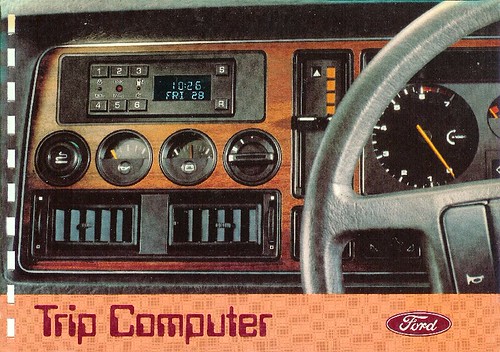
6. **Trip Computers with Button Panels**Before smartphones could effortlessly track our every move and car dashboards offered real-time diagnostics, there was a gadget that felt truly revolutionary: the early trip computer. These dashboard wonders, common in the ’80s and ’90s, allowed drivers to peek behind the curtain of their vehicle’s performance, offering insights into everything from fuel efficiency to average speed and distance traveled. It was like having a mini data center right at your fingertips, a technological leap that promised to make driving more informed and, dare we say, smarter.
These systems weren’t just about displaying numbers; they were about interactivity. Typically controlled by a dedicated row of “tactile buttons” on the dashboard, drivers could cycle through different metrics, reset calculations, and toggle various displays. There was a satisfying physical feedback to pressing these buttons, a sense of direct engagement with the car’s nascent digital brain. For an era captivated by computing power, even in its most basic forms, having a car that could crunch numbers about your journey felt incredibly advanced.
Yet, as groundbreaking as they were, these early trip computers had their limitations. The context points out that “Though advanced for their time, they lacked real-time integration and user-friendliness.” The data, while helpful, wasn’t always dynamic or instantly responsive in the way we expect today. Navigating through multiple button presses to find a specific piece of information could be clunky and, let’s be honest, a tad distracting, especially when you were trying to keep your eyes on the road. The user interface simply hadn’t caught up to the ambition.
Fast forward to today, and the concept of a trip computer has not vanished; it has simply evolved into something almost unrecognizable. Modern infotainment systems have completely absorbed these functions, handling “this data effortlessly.” What once required a dedicated panel of buttons is now seamlessly integrated into large touchscreens or digital instrument clusters, often with voice commands. Your car now not only tracks every conceivable metric but presents it in stunning, customizable graphics, making those early button-panel trip computers charmingly, wonderfully obsolete.
Read more about: The Electric Pickup Truck Showdown: A Comprehensive Review of Ford F-150 Lightning and Tesla Cybertruck
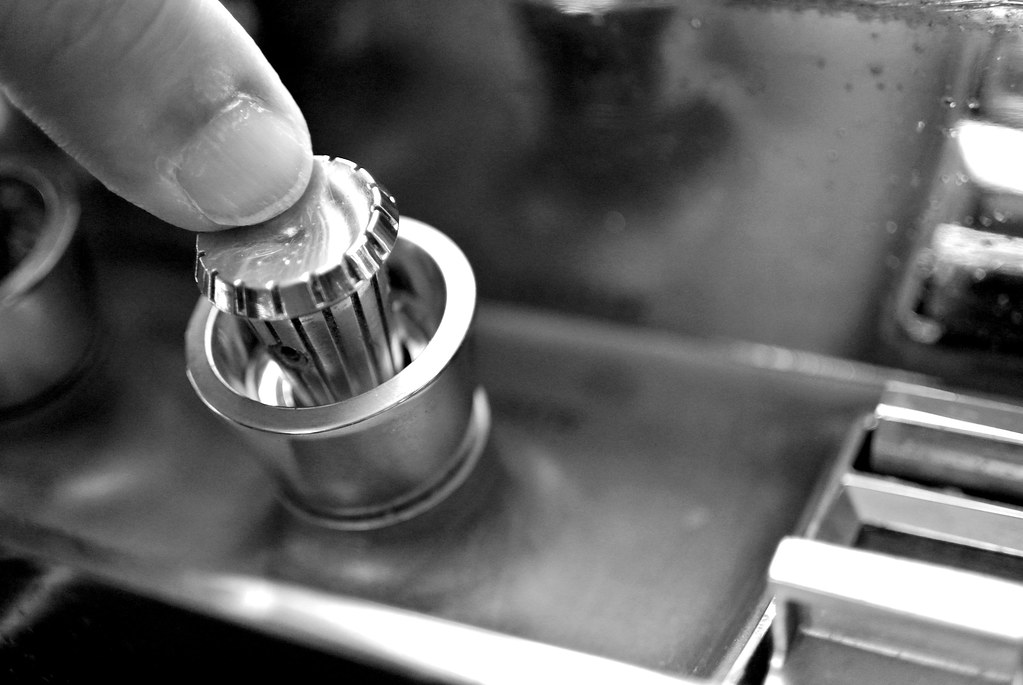
7. **Retractable Radio Antenna Controls**There was a time when listening to the radio involved a bit more ceremony than simply pressing a button. Many vehicles, particularly those from the ’80s, came equipped with a specialized dashboard button dedicated to one task: manually raising or lowering the radio antenna. This wasn’t just a utilitarian feature; it added a distinct “sense of control and flair” to the act of tuning into your favorite FM stations. It was a subtle, satisfying ritual that gave drivers a feeling of interaction with their audio system.
Imagine the scene: you’re pulling into a car wash, or maybe just wanting a cleaner aesthetic for your ride, and with a simple press, the antenna would smoothly retract into the bodywork. Conversely, when searching for that perfect signal on a long road trip, pressing the button would send the gleaming metal rod skyward, signaling your intent to conquer radio waves. This small, integrated control made the car feel a little more sophisticated, a little more responsive to the driver’s whims.
However, for all their neatness, these retractable antennas were not without their Achilles’ heel. The context reveals that “Unfortunately, these mechanisms often failed or got stuck.” Exposed to the elements and prone to wear and tear from constant movement, the motor or gearing could easily seize up. A stuck antenna, whether extended or retracted, was both an aesthetic annoyance and a functional problem, potentially compromising your radio reception or even damaging the car wash machinery.
Today, the era of the manually controlled retractable antenna is largely a distant memory. Modern automotive design has moved on to more robust and less fussy solutions. “Fixed or shark-fin antennas have replaced them with more durability and less maintenance.” These sleek, low-profile alternatives offer superior reception without any moving parts to fail, seamlessly blending into the car’s design. The dedicated “control button is now a relic of the past,” replaced by systems that simply work, without any drama or mechanical fuss.
Read more about: Behind the Engine: 15 Major Innovations That Flat-Out Refused to Catch On in the Auto Industry
8. **Integrated Car Phones**Before the smartphone became an extension of our very being, luxury vehicles in the late 1980s and early 1990s offered the ultimate status symbol: the integrated car phone. This wasn’t just a phone you threw on the passenger seat; these were elaborate, “built-in car phones mounted near the dashboard,” complete with “separate controls and displays integrated into the interior.” It was the epitome of executive convenience, allowing communication on the go, a feature that felt utterly cutting-edge and exclusive.
Having a car phone wasn’t merely about making calls; it was about projecting an image of importance and sophistication. These devices were often hardwired into the vehicle’s electrical system, complete with a dedicated handset, keypad, and often a cradle that secured it right within easy reach. The car became a mobile office, a command center for the busy professional. It spoke volumes about the owner’s status, signaling a willingness to embrace new technologies for productivity and prestige, transforming the driving experience into a truly connected one.
However, the reign of the integrated car phone was fleeting, a classic example of technology outrunning its own expensive ambition. The context clearly states their significant drawbacks: “They offered limited coverage and were costly to operate.” Early cellular networks were patchy, and airtime minutes were astronomically priced. Furthermore, these “bulky phones” were tied to a specific car and service provider, offering none of the portability or flexibility that consumers soon craved.
The arrival of portable cellular phones in the early ’90s delivered the decisive blow. “Cell phones quickly made them obsolete.” Suddenly, you could carry your phone with you everywhere, severing the ties to a specific vehicle. Why pay for an expensive, immobile car phone with limited range when a portable device offered vastly more freedom and affordability? Today, these integrated systems are indeed “more of a conversation piece than a useful tool,” cherished curiosities that remind us how far mobile communication has evolved.
Read more about: The Vanishing Act: 15 Iconic Dashboard Features from the 80s That Paved the Way for Tomorrow
And there you have it – a captivating journey through the dashboard tech that once defined automotive innovation, only to be gracefully retired by the relentless march of progress. From the charmingly clunky to the truly groundbreaking, each of these features tells a story of an era, a reflection of the dreams and limitations of their time. While modern dashboards dazzle with their seamless integration and digital prowess, it’s these forgotten gems that paved the way, reminding us that even in obsolescence, there’s an undeniable coolness and a rich history worth remembering. So next time you’re behind the wheel of a cutting-edge car, take a moment to appreciate the analog ancestors that helped us get here!



